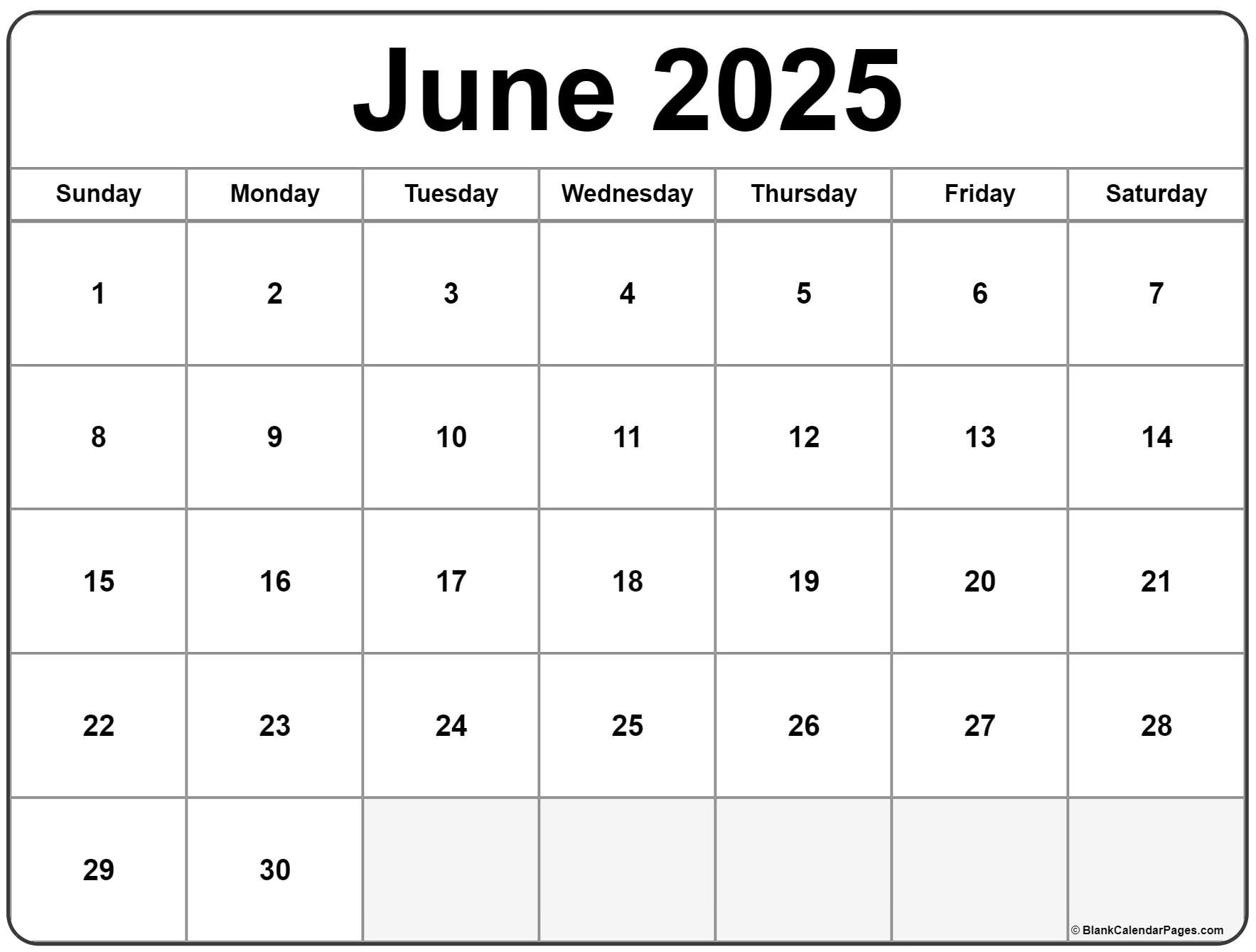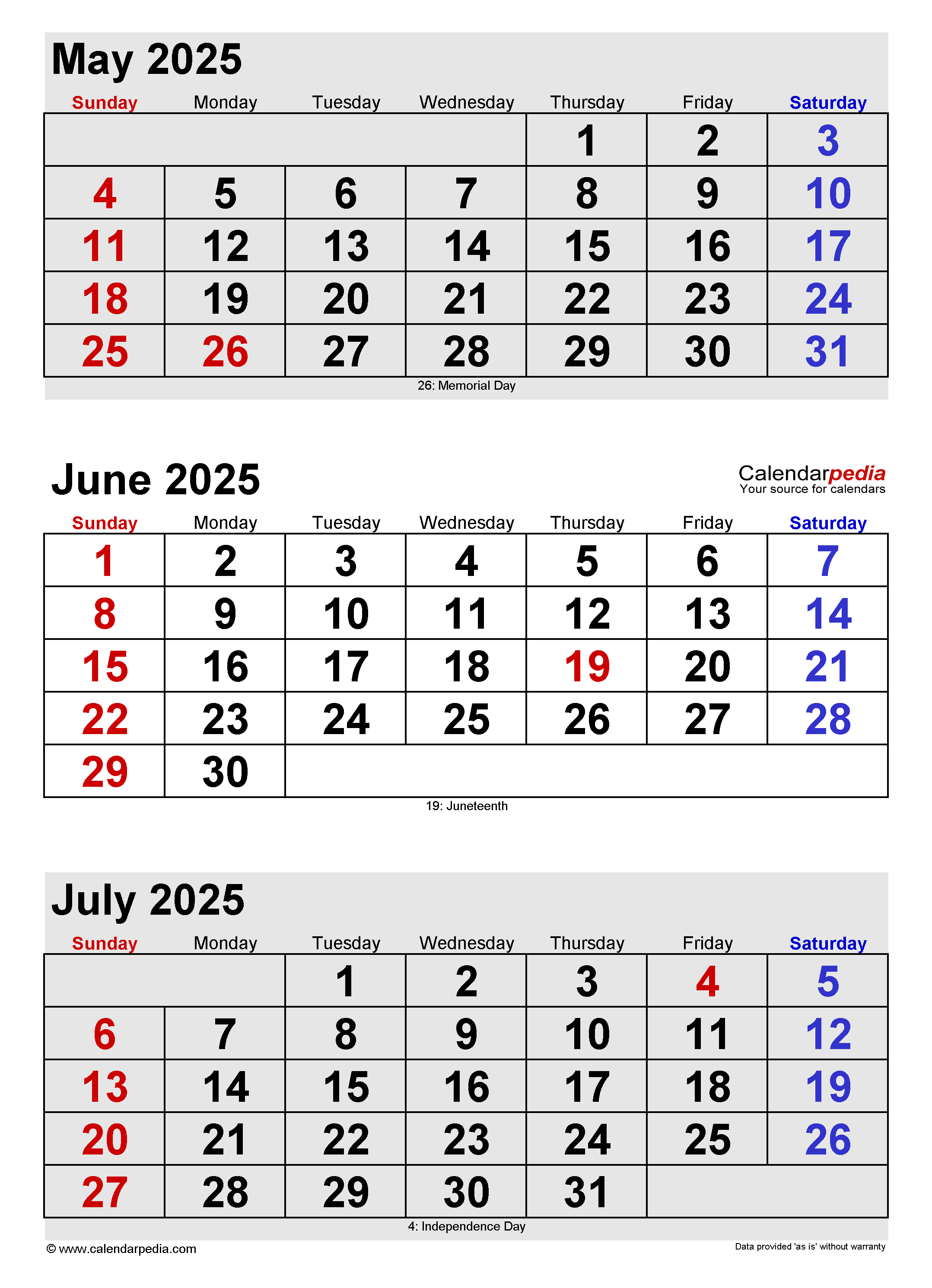May 2025 Calendar Like June
May 2025: A Calendar Mirroring June’s Structure – Exploring the Possibilities and Implications

May 2025, a seemingly unremarkable month in the Gregorian calendar, presents a fascinating hypothetical scenario: What if its structure mirrored that of June 2025? This thought experiment allows us to delve into the complexities of calendar systems, the impact of such a shift on various aspects of society, and the potential implications for individuals and organizations. While such a change is purely hypothetical, exploring it illuminates the underlying assumptions and dependencies built into our current system.
June 2025, for reference, begins on a Sunday and ends on a Monday, encompassing 30 days. Therefore, our hypothetical May 2025 would also begin on a Sunday and end on a Monday, maintaining the same 30-day length. This seemingly minor alteration would have ripple effects across numerous domains, from scheduling and planning to cultural events and even religious observances.
Impact on Scheduling and Planning:
The most immediate and noticeable impact would be on scheduling and planning. Businesses, organizations, and individuals who rely on fixed monthly schedules would need to adapt. Payroll cycles, billing processes, project deadlines, and even social events could be affected. Consider the implications for businesses with monthly sales targets or those reliant on predictable revenue streams. A sudden shift in the number of working days in May could disrupt projections and necessitate a reassessment of operational strategies.
This necessitates a thorough examination of existing scheduling systems. Software applications, calendar programs, and even manual scheduling methods would require updates to reflect the new May calendar. The transition period could lead to confusion and potential errors, requiring robust communication and training to minimize disruption. Industries heavily reliant on precise scheduling, such as transportation, logistics, and manufacturing, would need to implement contingency plans to mitigate potential delays and inefficiencies.
Financial and Economic Implications:
The financial implications of this hypothetical change are significant. Monthly budgeting processes in both personal and corporate finance would be disrupted. Investors and financial analysts would need to adjust their forecasting models to account for the altered number of working days in May. The stock market, sensitive to even minor economic shifts, could experience volatility as investors grapple with the implications of this change. Government agencies responsible for collecting taxes and managing public finances would need to adapt their systems accordingly.
The impact on the economy would be multifaceted. Businesses might see fluctuations in sales and production due to the altered number of working days. This could lead to adjustments in hiring practices, inventory management, and overall business strategies. The potential for increased administrative costs related to updating systems and retraining personnel cannot be overlooked. The long-term economic consequences would depend on the adaptability and resilience of various economic sectors.
Social and Cultural Impacts:
Beyond the practical considerations, the hypothetical change would have profound social and cultural ramifications. Many cultural events, festivals, and celebrations are tied to specific dates in May. Shifting the calendar could necessitate rescheduling these events, potentially leading to conflicts and logistical challenges. Religious observances, particularly those that follow lunar or other non-Gregorian calendars, could also be affected, necessitating adjustments in religious calendars and practices.
The impact on education would be significant. School calendars, exam schedules, and academic planning would need to be revised. This would require careful coordination between educational institutions and relevant authorities to minimize disruption to the academic year. The potential for student stress and confusion due to the unexpected calendar change needs to be addressed through clear communication and support.
Technological Adaptations:
The technological implications of this hypothetical scenario are substantial. Software developers would need to update numerous applications, from calendar programs and scheduling tools to accounting software and financial modeling platforms. This would require significant resources and expertise, potentially leading to delays and unforeseen technical issues. The integration of this change across different systems and platforms would be a complex undertaking, demanding careful planning and coordination.
The need for robust data migration and validation processes would be paramount to ensure accuracy and prevent data loss. The potential for system failures and data inconsistencies during the transition period necessitates rigorous testing and quality assurance measures. The long-term maintenance and support of updated systems would also require ongoing investment and resources.
Conclusion:
The hypothetical scenario of May 2025 mirroring June 2025’s structure highlights the intricate relationship between calendar systems and various aspects of society. While such a change is improbable, exploring its potential impacts allows us to appreciate the underlying assumptions and dependencies built into our current system. The ripple effects would extend across numerous domains, necessitating significant adjustments in scheduling, finance, social practices, and technology. The adaptability and resilience of individuals, organizations, and societies would be crucial in navigating this hypothetical shift. This thought experiment serves as a valuable reminder of the importance of robust planning, flexible systems, and effective communication in managing unforeseen circumstances. It underscores the interconnectedness of seemingly disparate aspects of modern life and the potential for even minor changes to have far-reaching consequences. The hypothetical exercise reinforces the significance of our current calendar structure and the extensive planning and coordination required to maintain its functionality and effectiveness.







